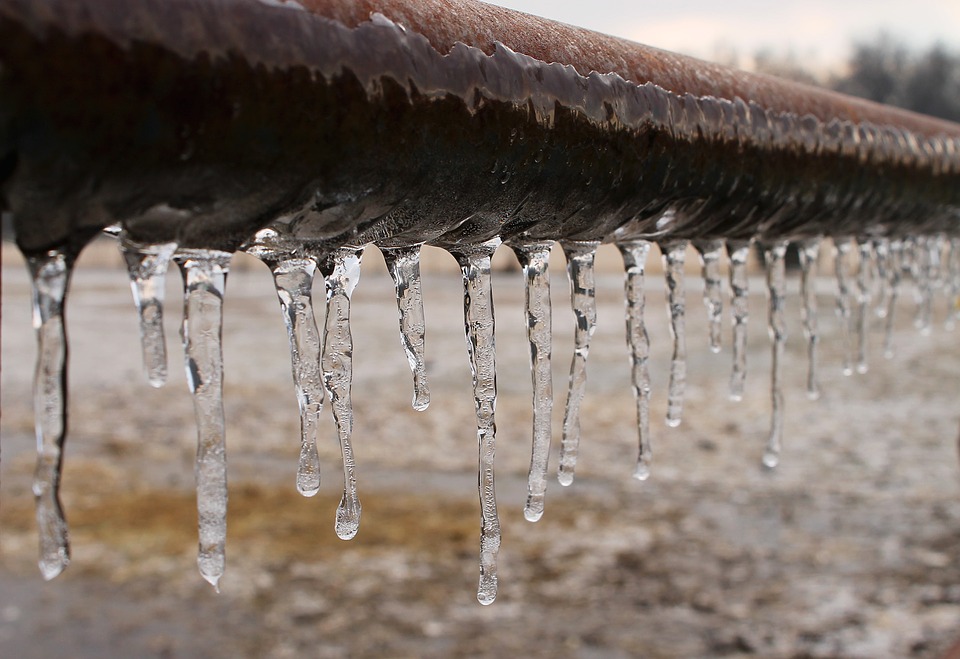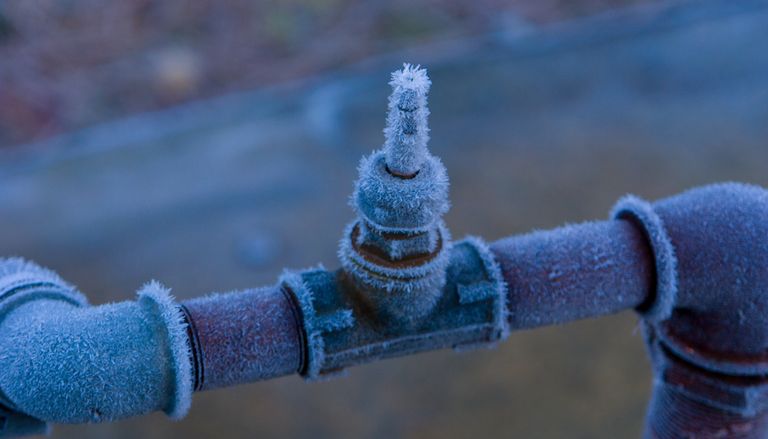Prevent Frozen Plumbing in Winter: Expert Advice
Prevent Frozen Plumbing in Winter: Expert Advice
Blog Article
They are making a few great observations on 6 Ways to Prevent Frozen Pipes in general in this article just below.

Winter can damage your pipes, especially by freezing pipes. Below's exactly how to prevent it from taking place and what to do if it does.
Introduction
As temperatures decline, the danger of icy pipes rises, potentially bring about expensive fixings and water damage. Comprehending exactly how to stop frozen pipes is critical for homeowners in chilly climates.
Understanding Frozen Pipelines
What creates pipelines to ice up?
Pipelines ice up when exposed to temperatures listed below 32 ° F (0 ° C) for expanded periods. As water inside the pipes freezes, it broadens, taxing the pipeline wall surfaces and possibly triggering them to burst.
Risks and damages
Icy pipelines can bring about water supply disruptions, residential or commercial property damage, and pricey repair work. Burst pipes can flooding homes and trigger comprehensive structural damages.
Indicators of Frozen Pipes
Recognizing icy pipes early can prevent them from bursting.
Just how to determine icy pipes
Look for lowered water flow from taps, unusual smells or noises from pipelines, and noticeable frost on subjected pipelines.
Prevention Tips
Protecting prone pipes
Wrap pipes in insulation sleeves or utilize warm tape to secure them from freezing temperature levels. Concentrate on pipes in unheated or outside areas of the home.
Heating techniques
Maintain interior spaces effectively heated up, especially areas with plumbing. Open up closet doors to enable cozy air to flow around pipelines under sinks.
Protecting Exterior Pipes
Garden pipes and outdoor taps
Detach and drain yard hose pipes before winter months. Set up frost-proof faucets or cover outside taps with protected caps.
What to Do If Your Pipelines Freeze
Immediate actions to take
If you suspect frozen pipelines, maintain faucets available to ease stress as the ice melts. Utilize a hairdryer or towels taken in hot water to thaw pipes gradually.
Long-Term Solutions
Structural changes
Consider rerouting pipes far from outside wall surfaces or unheated areas. Include added insulation to attics, basements, and crawl spaces.
Updating insulation
Buy top quality insulation for pipelines, attic rooms, and wall surfaces. Proper insulation assists maintain consistent temperatures and reduces the danger of frozen pipes.
Verdict
Protecting against frozen pipes calls for positive steps and quick responses. By recognizing the causes, indications, and preventive measures, homeowners can safeguard their pipes throughout cold weather.
6 Proven Ways to Prevent Frozen Pipes and Protect Your Home
Disconnect and Drain Garden Hoses
Before winter arrives, start by disconnecting your garden hoses and draining any remaining water. Close the shut-off valves that supply outdoor hose bibs and leave the outdoor faucet open to allow any residual water to drain. For extra protection, consider using faucet covers throughout the colder months. It’s also important to drain water from any sprinkler supply lines following the manufacturer’s directions.
Insulate Exposed Pipes
Insulating your pipes is an effective way to prevent freezing. Pipe insulation is readily available at home improvement stores and is relatively inexpensive. Pay close attention to pipes in unheated areas such as the attic, basement, crawl spaces, or garage. Apply foam insulation generously to create a buffer against the cold. You can also wrap your pipes in heat tape or thermostat-controlled heat cables for added warmth.
Seal Air Leaks
Inspect your home for any cracks or openings that could let in cold air. Seal any holes around the piping in interior or exterior walls, as well as the sill plates where your home rests on its foundation. Additionally, make sure to keep your garage door closed unless you’re entering or exiting. Leaving it open creates a significant air leak that can lead to frozen pipes.
Allow Warm Air Circulation
During cold snaps, it’s essential to allow warm air to circulate evenly throughout your home. Leave interior doors ajar to promote better airflow. Open kitchen and bathroom cabinets to help distribute heat consistently around the rooms. If you have small children or pets, be sure to remove any household chemicals or potentially harmful cleaners from open cabinets for safety.
Let Faucets Drip
A small trickle of water can make a big difference in preventing ice formation inside your pipes. When temperatures drop significantly, start a drip of water from all faucets served by exposed pipes. This continuous flow helps prevent the water from freezing. Additionally, running a few faucets slightly can relieve pressure inside the pipes, reducing the chances of a rupture if the water inside does freeze.
https://choateshvac.com/6-proven-ways-to-prevent-frozen-pipes-and-protect-your-home/

I hope you enjoyed our piece about 6 Ways to Prevent Frozen Pipes. Thanks so much for finding the time to browse our blog. Appreciated our content? Please share it. Help other people locate it. Thanks so much for your time invested reading it.
Pricing Report this page